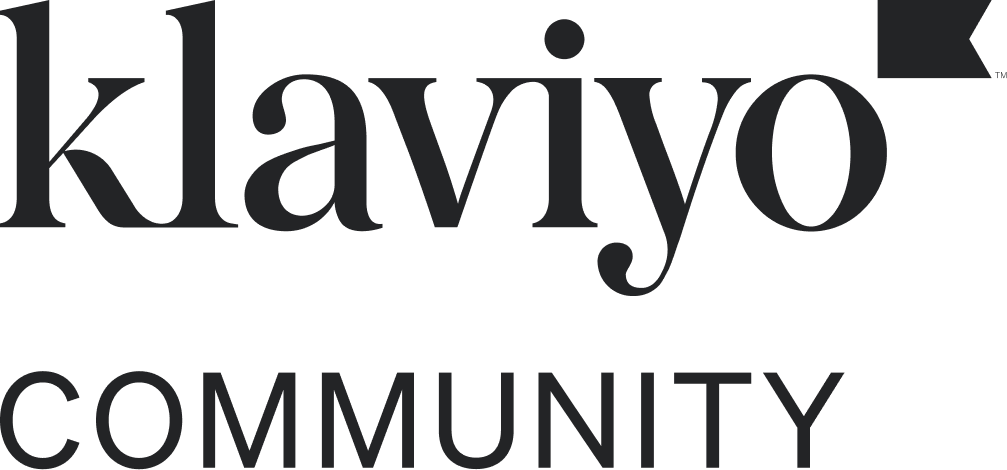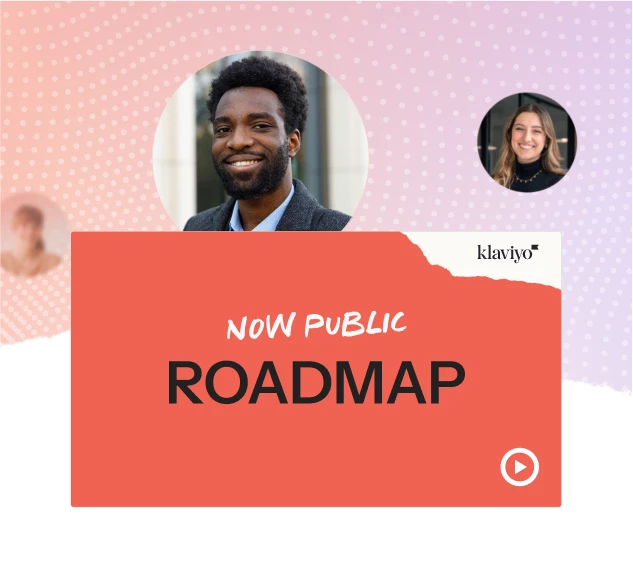I’ve been using Klaviyo for a while now to manage my email and SMS marketing campaigns, and I’m exploring ways to personalize my messages even more. I recently came across the "what county am I in now" navigation tool, which provides users with their current county based on their location. This got me thinking about how I could leverage this type of location data in my Klaviyo campaigns.
Specifically, I’m interested in using Klaviyo to send SMS messages that are tailored to the recipient’s current location, particularly the county they’re in at the moment they receive the message. My thought is that by incorporating real-time location data, I could deliver more relevant and timely offers or information to my customers. For example, if someone is traveling and enters a new county, they could receive an SMS with a special offer or event happening in that area.
However, I’m unsure how to set this up within Klaviyo. I’ve read about dynamic content and segmentation, but I’m not clear on how I could integrate location-based triggers, especially something as specific as county-level data. Is there a way to pull in the "what county am I in now" information and use it as a trigger or filter for sending SMS messages?
I’m also curious if anyone has experience with setting up similar campaigns using location-based tools. Are there best practices for ensuring the data is accurate and that messages are sent at the right time? Additionally, how can I ensure that the location data is updated frequently enough to be relevant?
Finally, I’m concerned about the user experience. How do you strike the right balance between sending timely, relevant messages and not overwhelming recipients with too many location-based alerts? I’d love to hear from others who have experimented with this kind of personalized marketing and get any tips or insights you might have.




![[Academy] Klaviyo Product Certificate Forum|alt.badge.img](https://uploads-us-west-2.insided.com/klaviyo-en/attachment/8798a408-1d98-4c3e-9ae8-65091bb58328_thumb.png)


